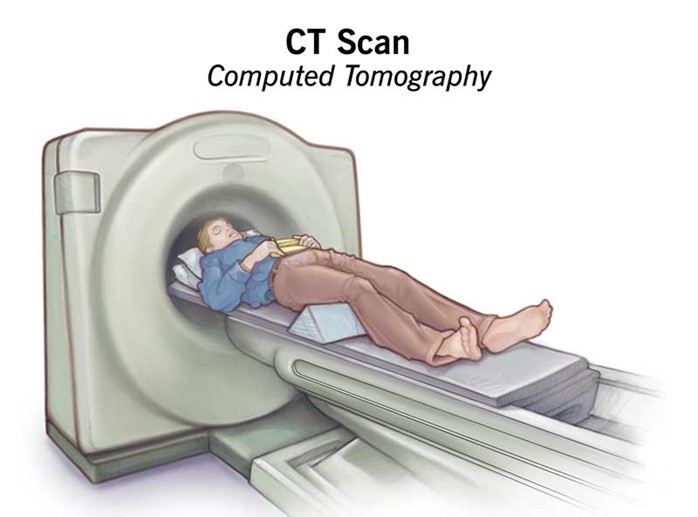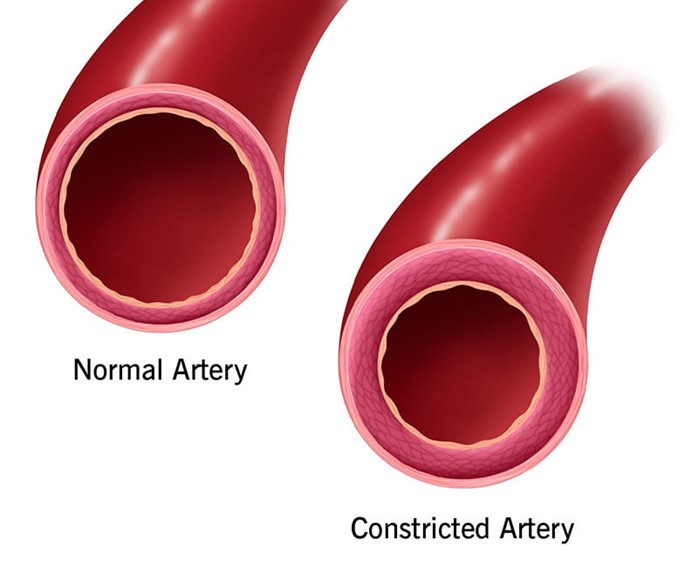A client is being urgently transported to radiology for a Computerized Tomography (CT scan) after a sudden decrease in level of consciousness. The client is orally intubated and has a left lateral chest tube to 20 cm suction. Which action is most important for the nurse to take?
Secure chest tube to the stretcher for transport.
Administer PRN pain medication prior to transport.
Mark the amount of chest drainage on the container.
Keep chest tube container below the site of insertion.
The Correct Answer is D
Choice A: Securing chest tube to the stretcher for transport is a good practice, but it is not the most important action. The chest tube should be secured to prevent accidental dislodgement or kinking, but it does not affect the function of the chest tube or the drainage system.
Choice B: Administering PRN pain medication prior to transport is a compassionate action, but it is not the most important action. The client may experience pain due to the chest tube, the intubation, or the underlying condition, but pain relief is not a priority over maintaining adequate ventilation and drainage.
Choice C: Marking the amount of chest drainage on the container is a useful action, but it is not the most important action. The amount of chest drainage should be recorded and reported to monitor the client's status and detect any complications, such as hemorrhage or infection, but it does not affect the immediate function of the chest tube or the drainage system.
Choice D: Keeping the chest tube container below the site of insertion is the most important action for the nurse to take. The chest tube container should be kept below the level of the client's chest to maintain a gravity-dependent pressure gradient that allows air and fluid to drain from the pleural space. If the container is raised above the site of insertion, it can cause backflow of air or fluid into the pleural space, which can compromise ventilation and cause tension pneumothorax.

Nursing Test Bank
Naxlex Comprehensive Predictor Exams
Related Questions
Correct Answer is ["A","C","D"]
Explanation
Choice A: Taking metformin with the morning and evening meal is a correct statement for the nurse to include, as this can improve the absorption and effectiveness of metformin and reduce the risk of gastrointestinal side effects. Therefore, this is a correct choice.
Choice B: Using sliding scale insulin for frequent blood glucose elevations is not a correct statement for the nurse to include, as this is not recommended for clients with type 2 DM who are taking metformin. This can cause hypoglycemia and complicate the management of blood glucose levels. This is an incorrect choice.
Choice C: Recognizing signs and symptoms of hypoglycemia is a correct statement for the nurse to include, as this can help the client identify and treat low blood glucose levels, which can occur with metformin use or other factors such as exercise, fasting, or alcohol intake. Therefore, this is another correct choice.
Choice D: Reporting persistent polyuria to the health care provider is a correct statement for the nurse to include, as this can indicate poor glycemic control or a complication of DM such as diabetic ketoacidosis or nephropathy. Therefore, this is another correct choice.
Choice E: Taking an additional dose for signs of hyperglycemia is not a correct statement for the nurse to include, as this can cause overdose or toxicity of metformin, which can lead to lactic acidosis and renal failure. This is another incorrect choice.
Correct Answer is C
Explanation
Choice A reason: This is incorrect because seizure precautions are not indicated for dopamine administration. Dopamine does not lower the seizure threshold or cause convulsions.
Choice B reason: This is incorrect because monitoring serum potassium frequently is not necessary for dopamine administration. Dopamine does not affect potassium levels or cause hyperkalemia or hypokalemia.
Choice C reason: This is correct because ensuring pump accuracy to prevent toxicity is essential for dopamine administration. Dopamine is a potent vasoconstrictor that can cause tissue necrosis, gangrene, and hypertension if overdosed.
Choice D reason: Dopamine is given to hypotensive patients, meaning they may be weak, dizzy, or at risk of falls.Ambulating frequently could worsen hypotension and increase fall risk rather than help the patient. Instead, the nurse should monitor the patient’s hemodynamic status and ensure bed rest as needed until blood pressure stabilizes.

Whether you are a student looking to ace your exams or a practicing nurse seeking to enhance your expertise , our nursing education contents will empower you with the confidence and competence to make a difference in the lives of patients and become a respected leader in the healthcare field.
Visit Naxlex, invest in your future and unlock endless possibilities with our unparalleled nursing education contents today
Report Wrong Answer on the Current Question
Do you disagree with the answer? If yes, what is your expected answer? Explain.
Kindly be descriptive with the issue you are facing.
